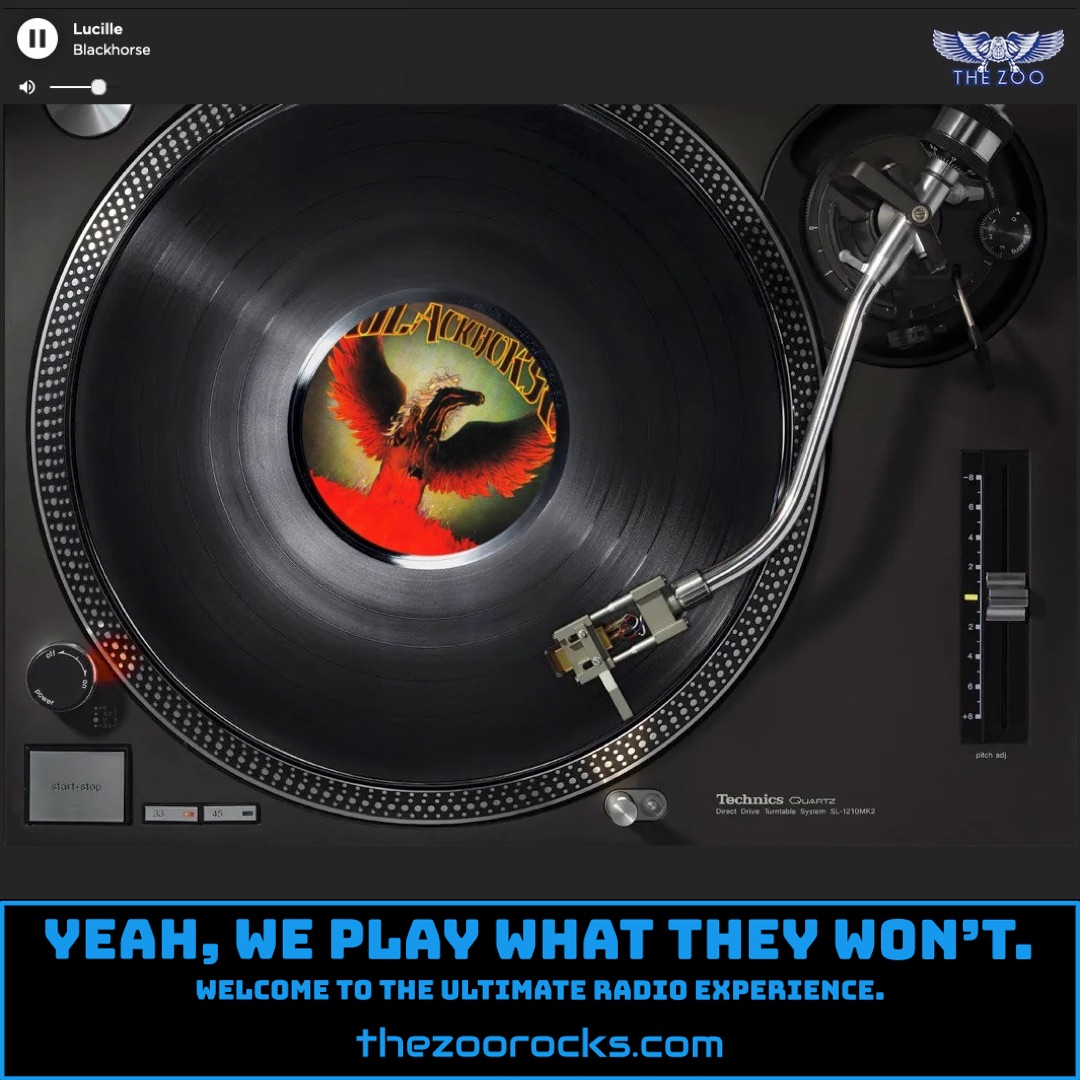Your Wildest Dreams
The Moody Blues
Zoo Freaks, get ready to groove with the Zoo Crew as we spin "Your Wildest Dreams" by The Moody Blues from their 1986 album The Other Side of Life. This track, penned by lead singer and guitarist Justin Hayward, is a nostalgic trip about longing for a first love. Hayward shared in a Songfacts interview that the song was inspired by a real person, though he kept their identity under wraps. Initially, he thought it was a light, "frivolous" piece, but its universal theme of wondering about a past love struck a chord with fans, making it a surprise hit. The song climbed to #9 on the US Billboard Hot 100, becoming the band’s second biggest US hit.
The music video for "Your Wildest Dreams," directed by Brian Grant, added to its charm with a storyline that follows Hayward and actress Janet Spencer-Turner, depicting a romance that fades as the band’s fame grows. The video, which won a Billboard Video of the Year award and was a staple on MTV, shows the woman attending a Moody Blues concert years later but failing to reconnect with Hayward backstage. This narrative continues in the video for "I Know You’re Out There Somewhere" from their 1988 album Sur la Mer, offering fans a sense of closure. Fun fact: the young Moody Blues in the video’s flashback scenes are played by the British band Mood Six, adding a quirky touch to the production.
Technically, "Your Wildest Dreams" showcases the band’s shift to a synth-pop sound, driven by Hayward’s love for the Yamaha DX7 synthesizer. In a 2020 Society of Rock interview, Hayward noted that 90% of the song’s sound comes from the DX7, a guitar synth, and producer Tony Visconti’s magic touch. The opening Theremin-like sound? That’s actually a guitar synth, a nod to the band’s experimental side. Visconti, known for his work with David Bowie, pushed the band to embrace programming, giving the track its polished ’80s vibe. Fans on X celebrated its release on April 8, 1986, noting it as the band’s first Top 10 US hit since 1972.
The Moody Blues formed in Birmingham, England, in 1964, starting as a rhythm and blues outfit in the British Invasion era. The original lineup—Graeme Edge (drums), Denny Laine (guitar/vocals), Mike Pinder (keyboards/vocals), Ray Thomas (multi-instrumentalist/vocals), and Clint Warwick (bass/vocals)—scored a UK #1 and US Top 10 hit with "Go Now" in 1964. After Laine and Warwick left in 1966, Justin Hayward and John Lodge joined, steering the band toward a psychedelic and progressive rock sound. Their 1967 album Days of Future Passed, featuring "Nights in White Satin," blended rock with classical music, cementing their status as prog-rock pioneers. The band’s name, inspired by Duke Ellington’s "Mood Indigo" and Pinder’s interest in music’s emotional impact, reflected their early R&B roots and evolving artistry.
Over the decades, The Moody Blues released iconic albums like On the Threshold of a Dream and A Question of Balance, becoming a staple of FM radio with hits like "Tuesday Afternoon" and "Question." Despite a hiatus in the mid-1970s, they roared back in the ’80s with a synth-pop edge, as heard in "Your Wildest Dreams." Connect with the band on their official website, Facebook, Instagram, and X. Fans can join the community at the Moody Blues Fans Facebook group or explore Moody Blues Attitude, a fan-run forum dedicated to the band’s legacy. Keep the vibes high, Zoo Freaks!

